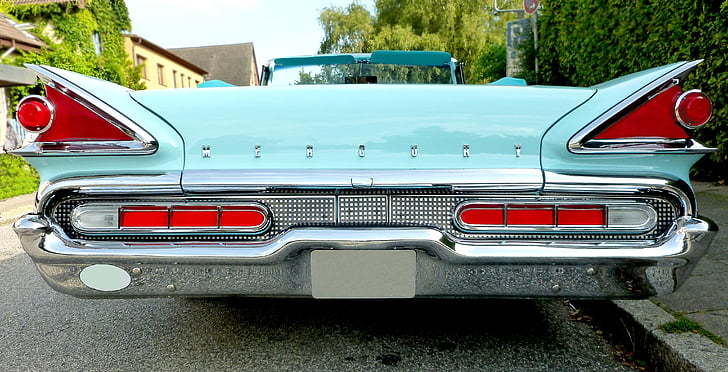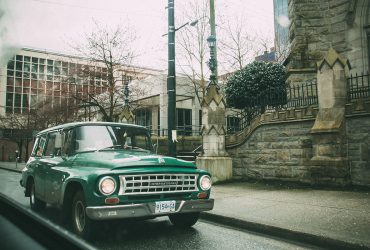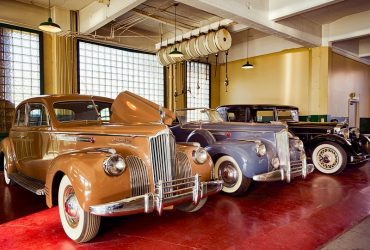
Classic cars, once considered eyesores in the automotive world, have seen a resurgence in the past few years, as more and more amateur and professional car enthusiasts alike have taken on the challenge of restoring classic cars and bringing them back to life. The challenge comes with a few problems, however, one of which is combating the effects of rust and corrosion. Read on to learn about DIY rust removal and prevention in classic cars and make sure you’re prepared to save your fixer-upper!
What Is Rust?
Rust is the result of iron and oxygen molecules combining with water or moisture to form oxide masses, and occurs in classic cars due to the body panels being made out of metal. Over time, these masses of oxidation will spread, eventually causing the panel to disintegrate.
Rust Removal
The first step in combating rust and corrosion is to remove any existing rust on the car. There are several methods to do this, such as chemical rust removal, which involves soaking a cloth or towel in a solution like cola, vinegar, or lemon juice and then scrubbing the affected area with the cloth.
Another method of rust removal is sandblasting. This involves using a sandblasting gun to blast away the rust using sand. This is not a very safe process and should only be used by experienced technicians.
Finally, you can also remove rust by grinding, filing, or sanding it off. This method is the most time consuming but also the most effective.
Rust Prevention
Once you have removed the rust, it is time to prevent it from coming back. To do this, you should apply a rust inhibitor or rust inhibitor spray. Rust inhibitor sprays are designed to create a thin coat over the affected area, preventing water or moisture from getting in and causing further oxidation.
Another way to prevent rust from forming is to use an automotive wax to seal off the body panel. This will help to create a barrier and seal out any moisture, thus preventing rust from forming.
Finally, storing your classic car in a garage or carport is also a great way to help prevent rust from forming. Keeping your car out of the weather will lessen the chances of it being exposed to water and moisture, which can cause oxidation.
Conclusion
Rust and corrosion can be a real issue for classic cars, but with the right approach it’s possible to battle back and save your fixer-upper. Use this guide to learn more about how to effectively remove and prevent further rust from forming on your beloved classic. Good luck and happy fixing!













